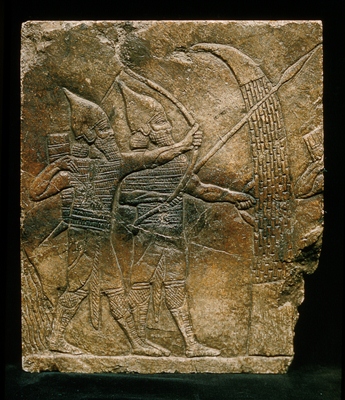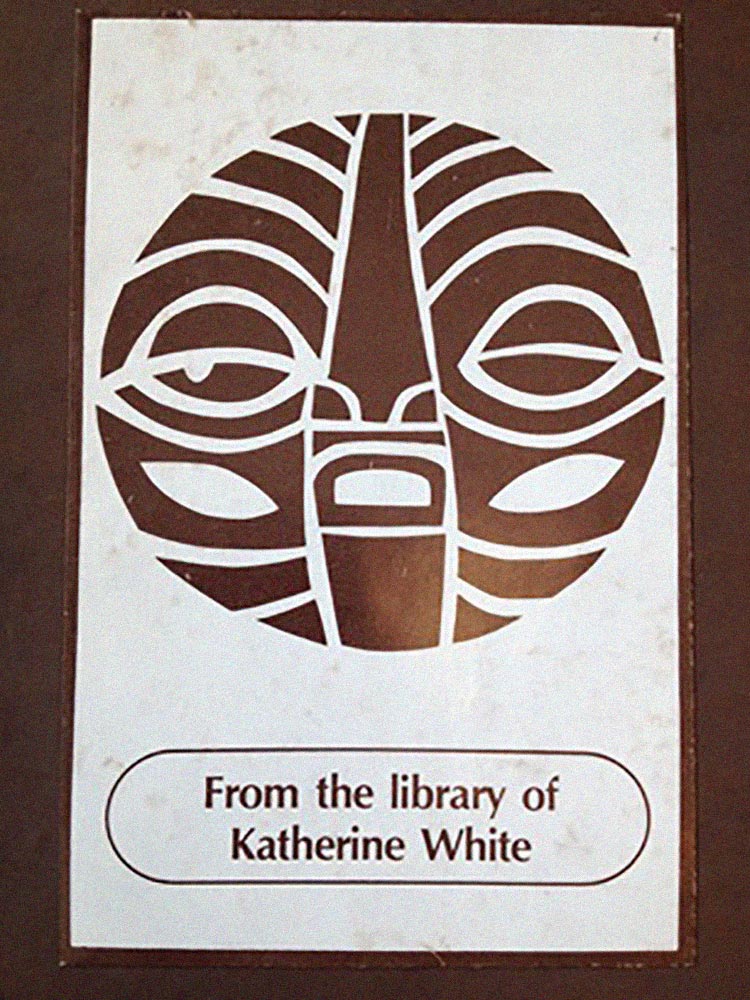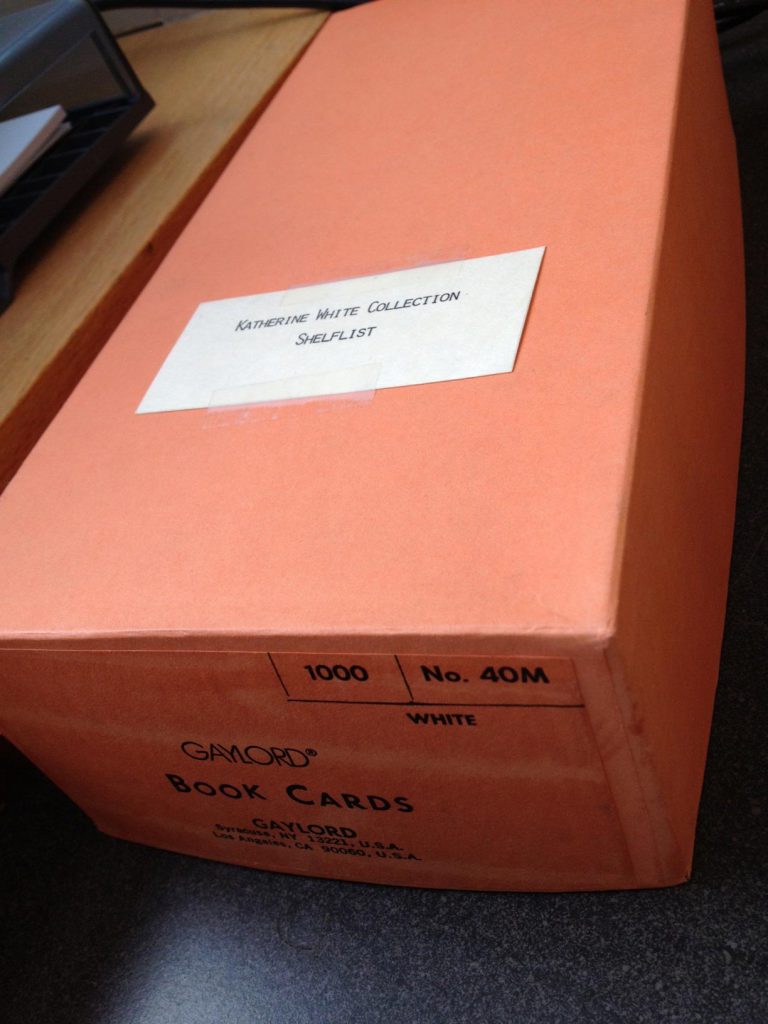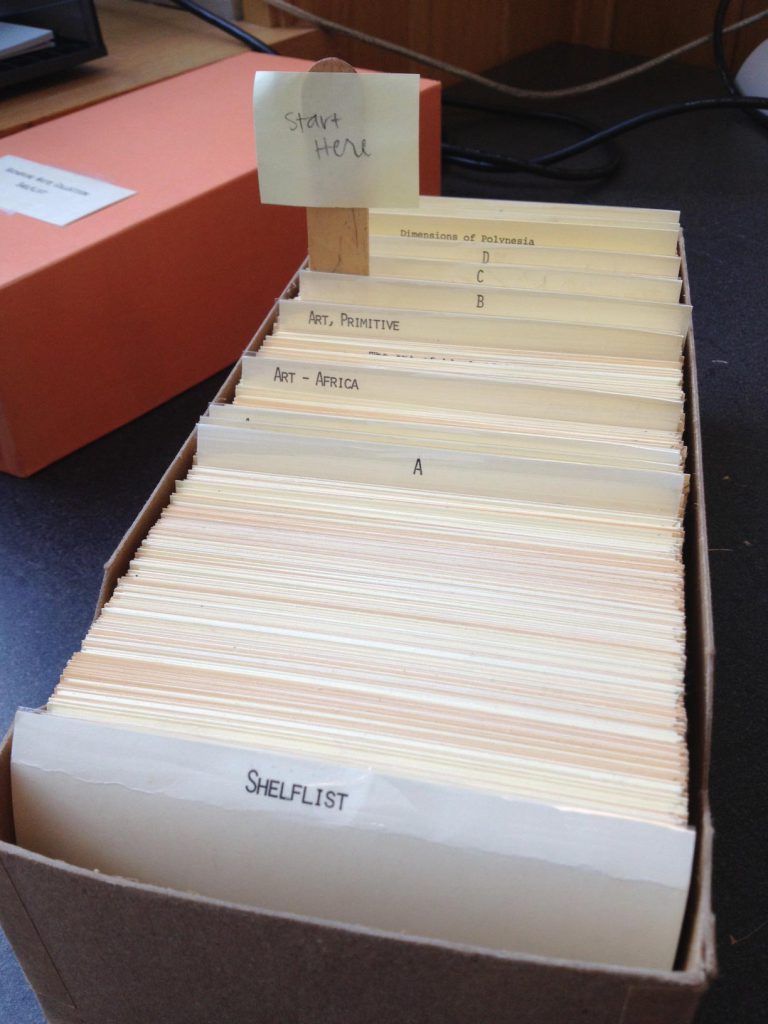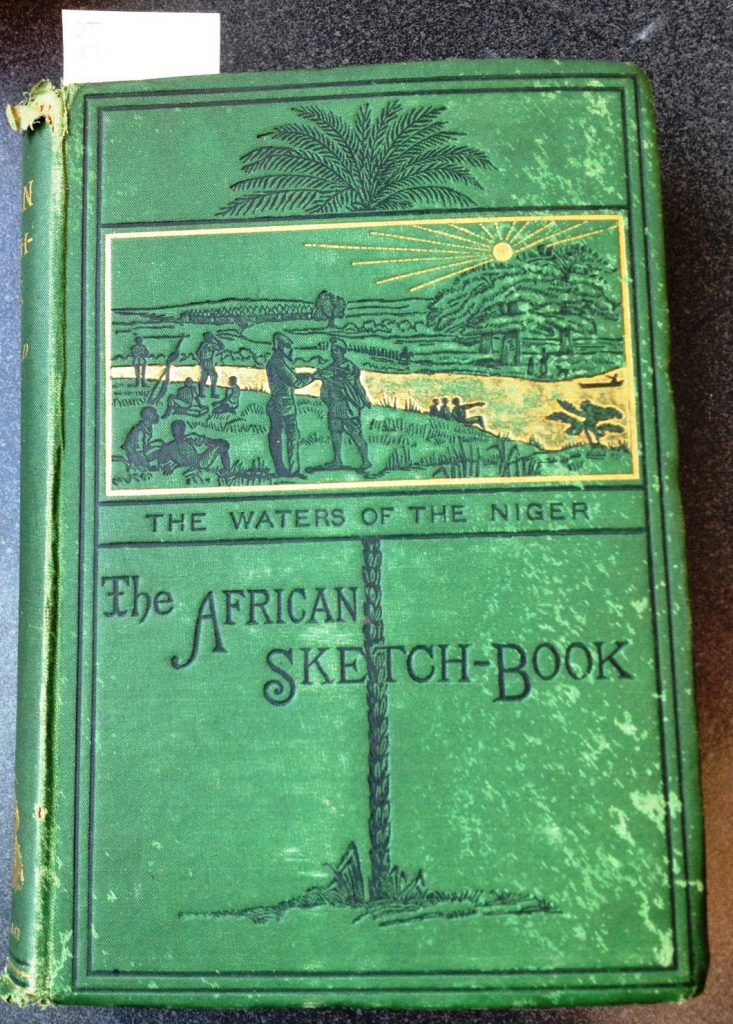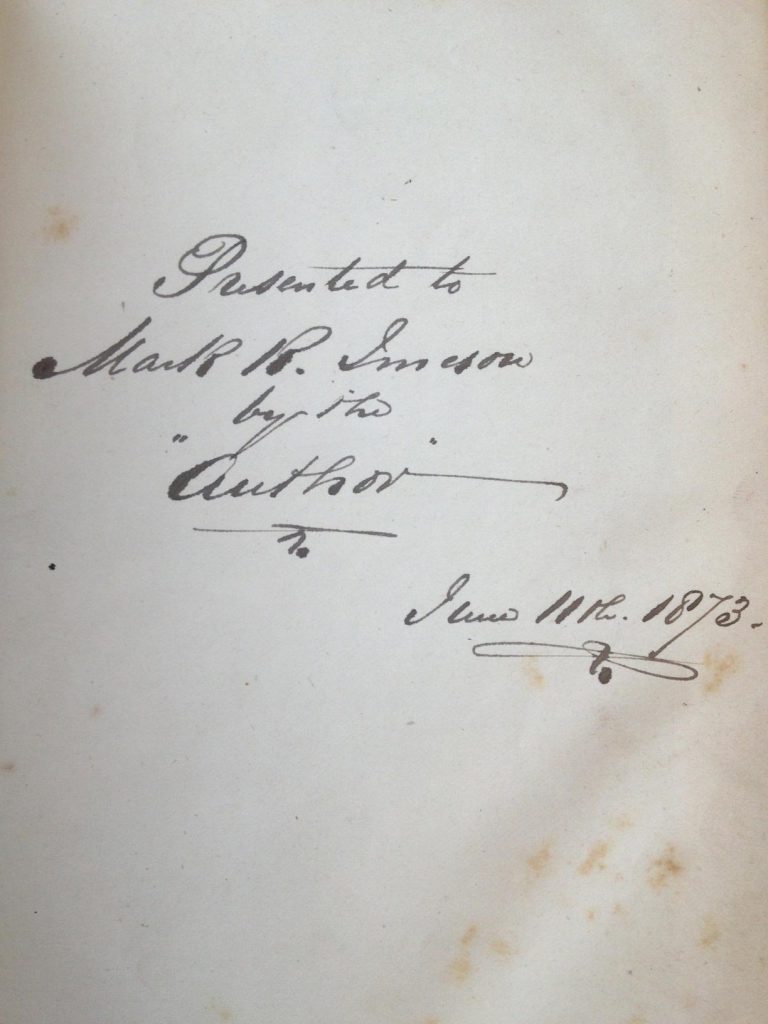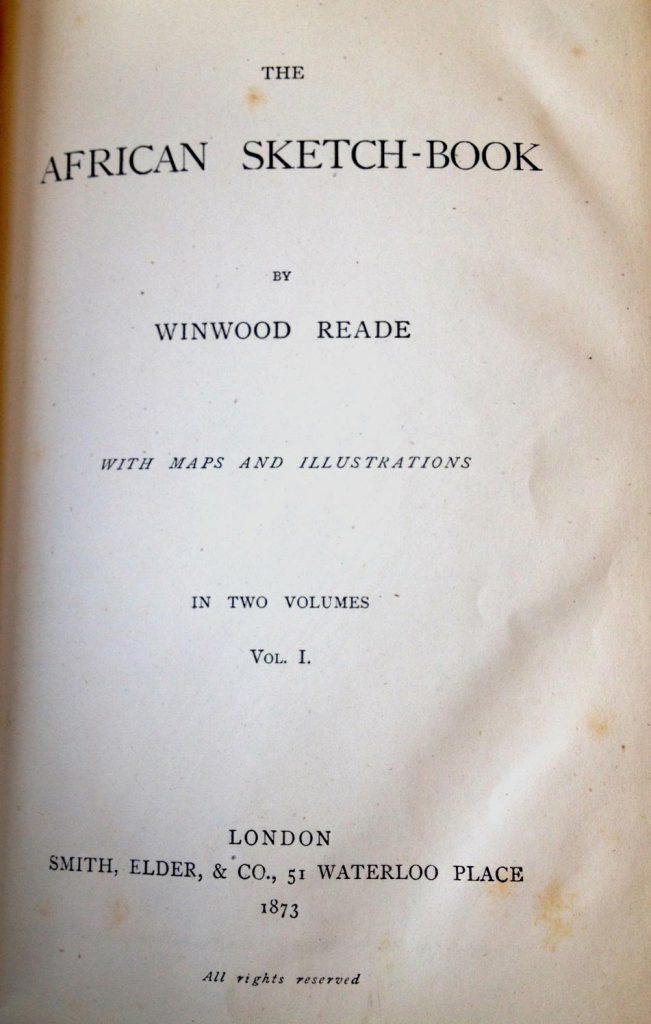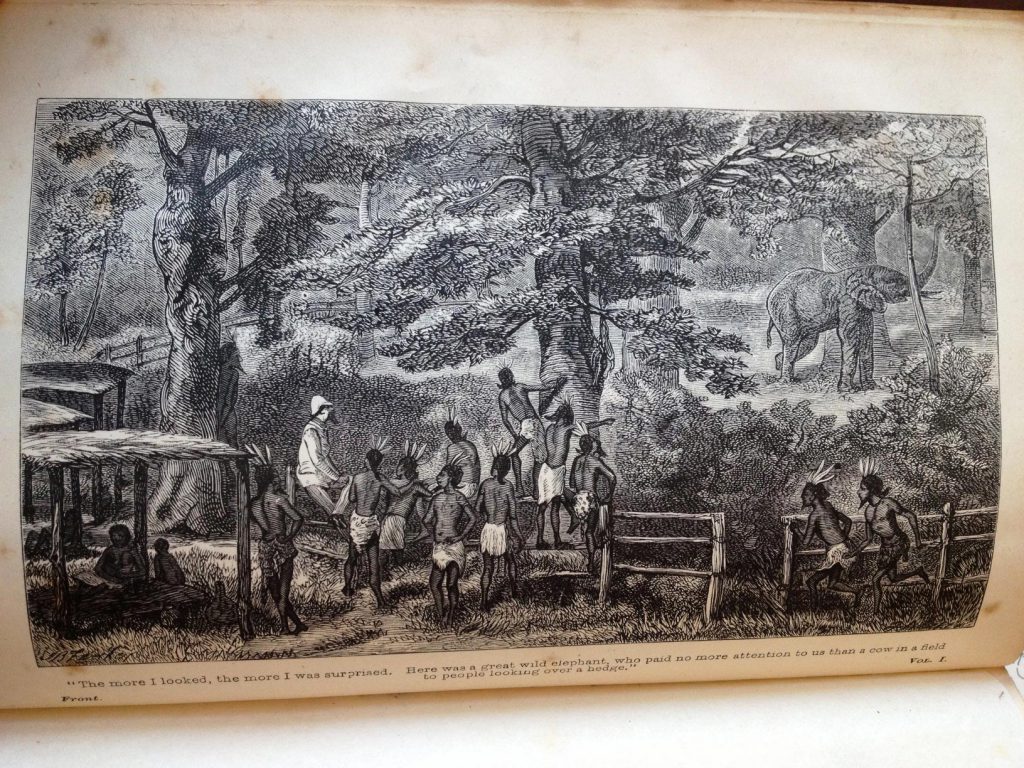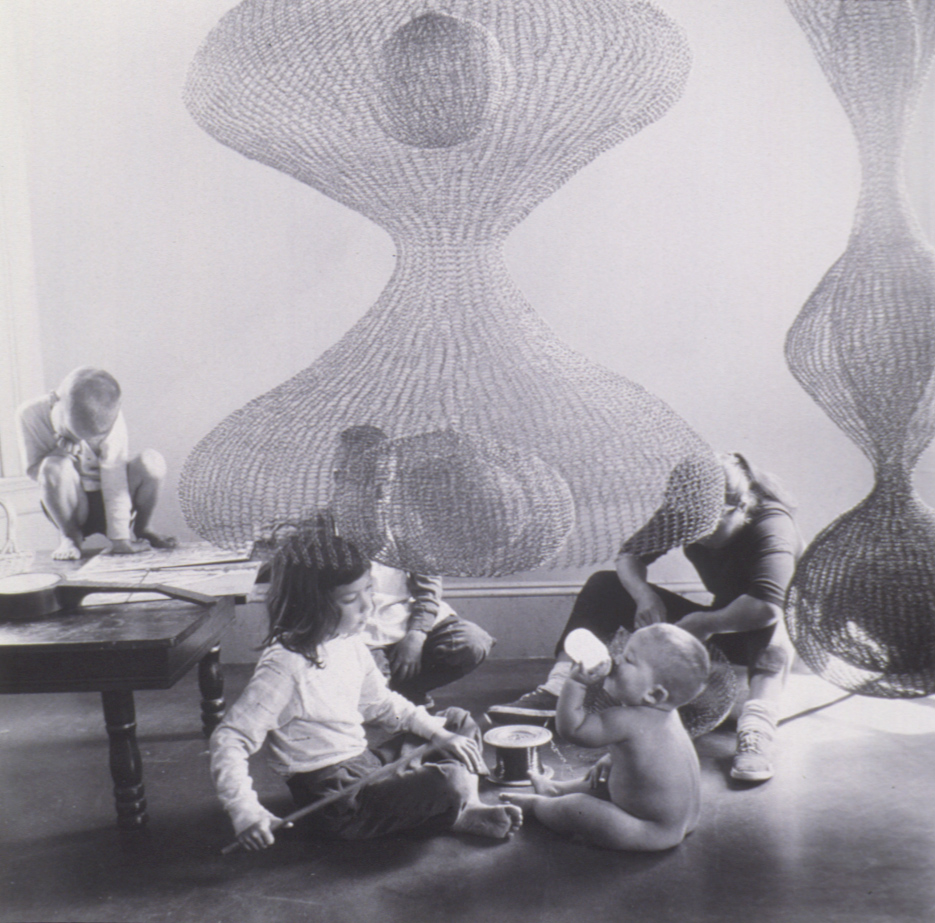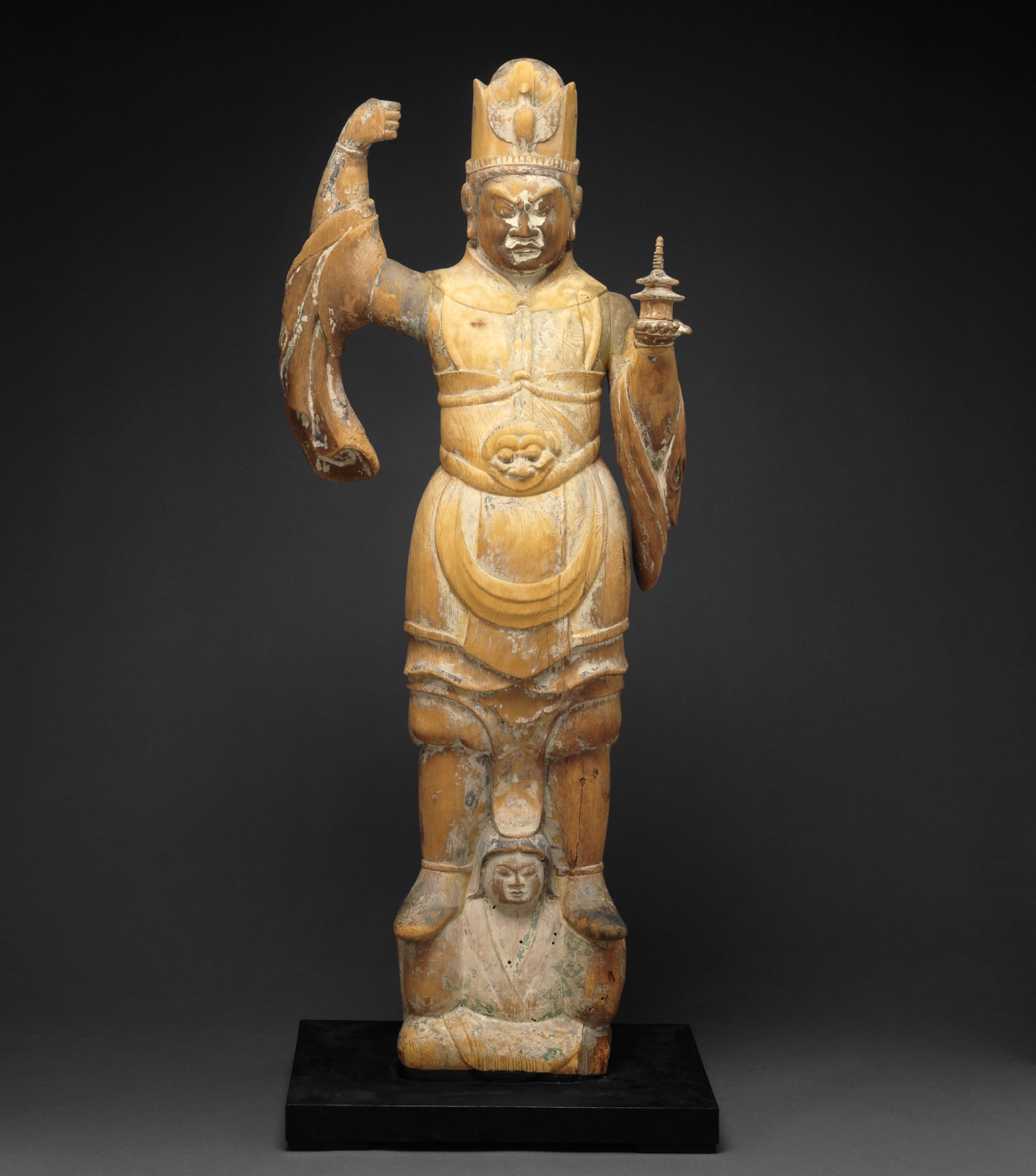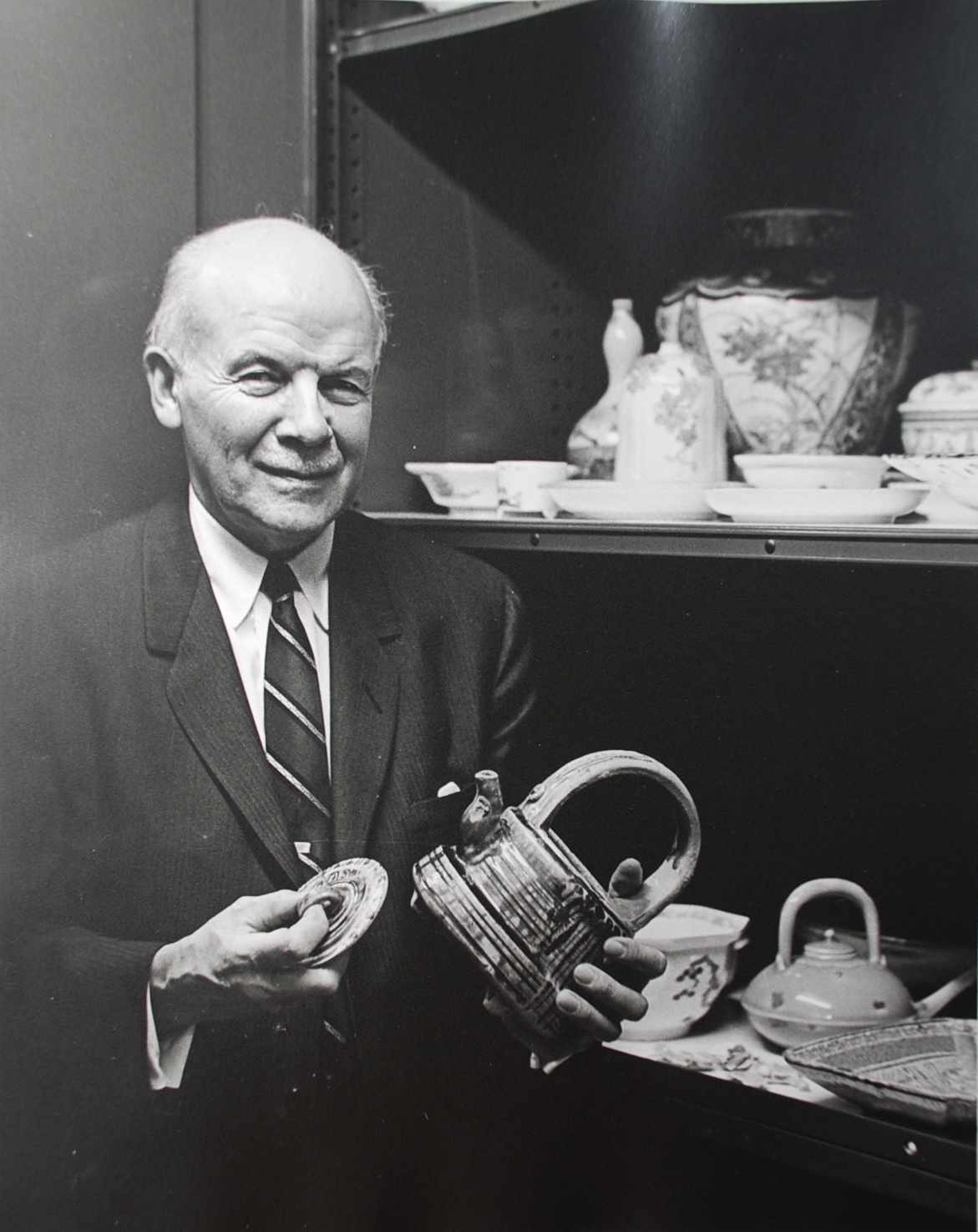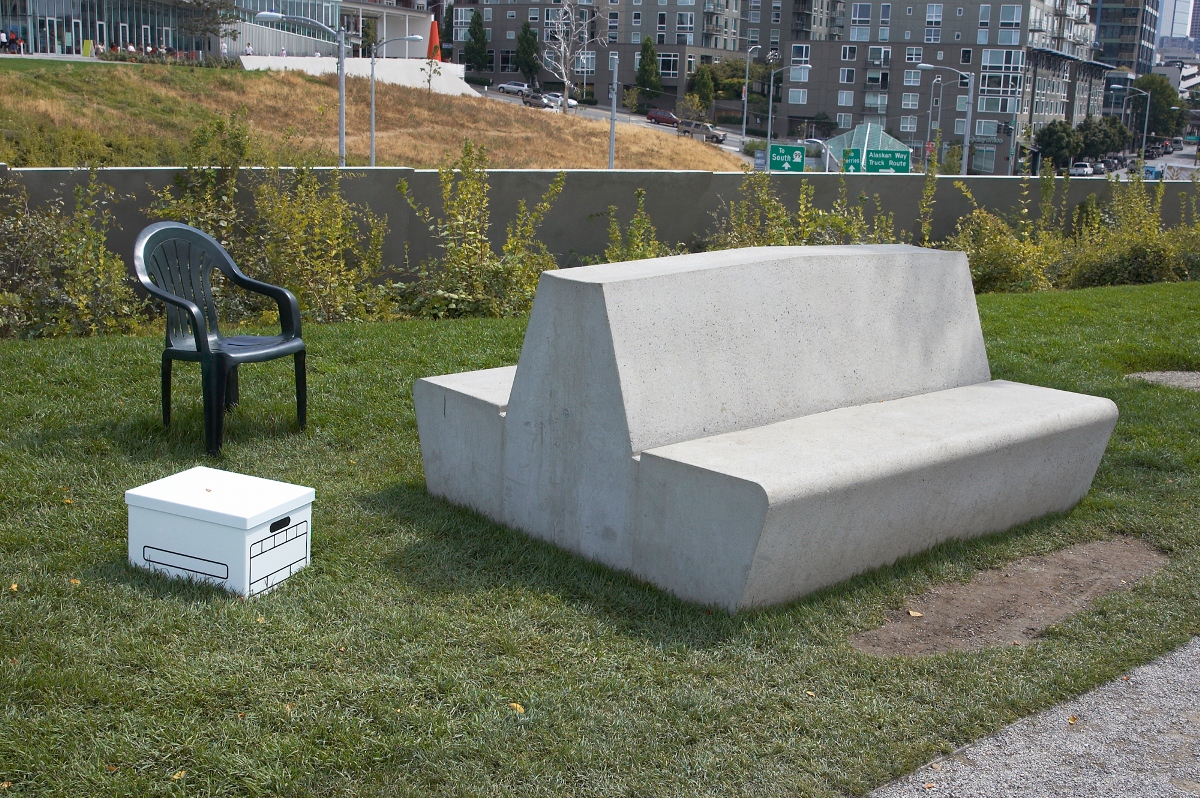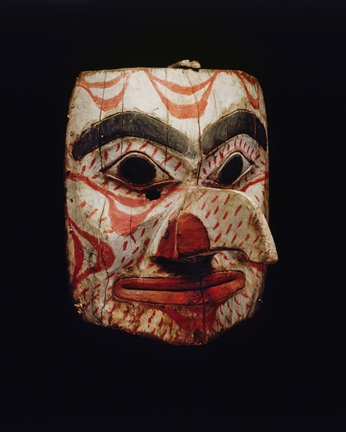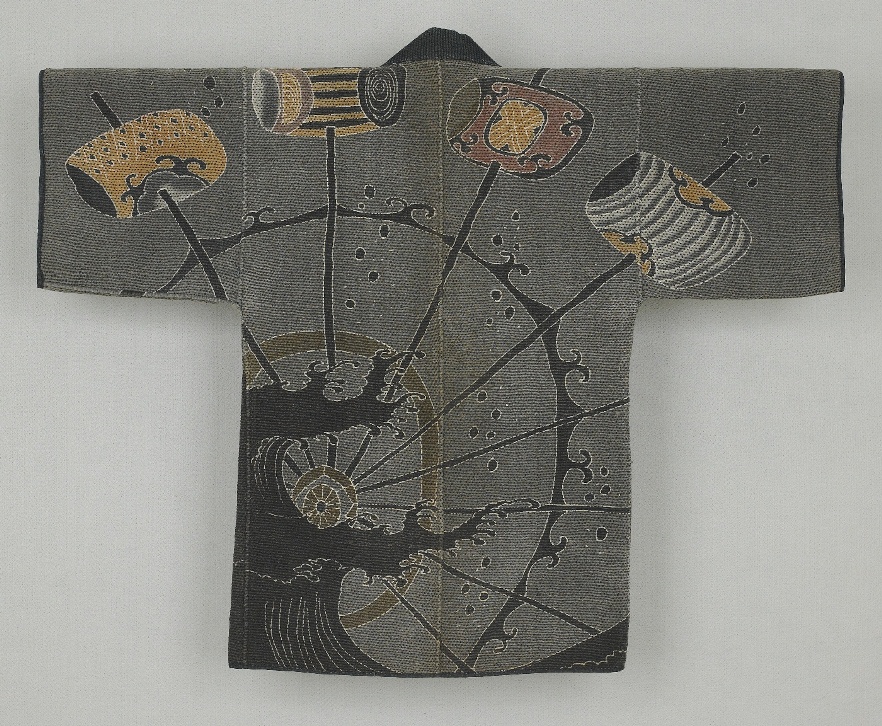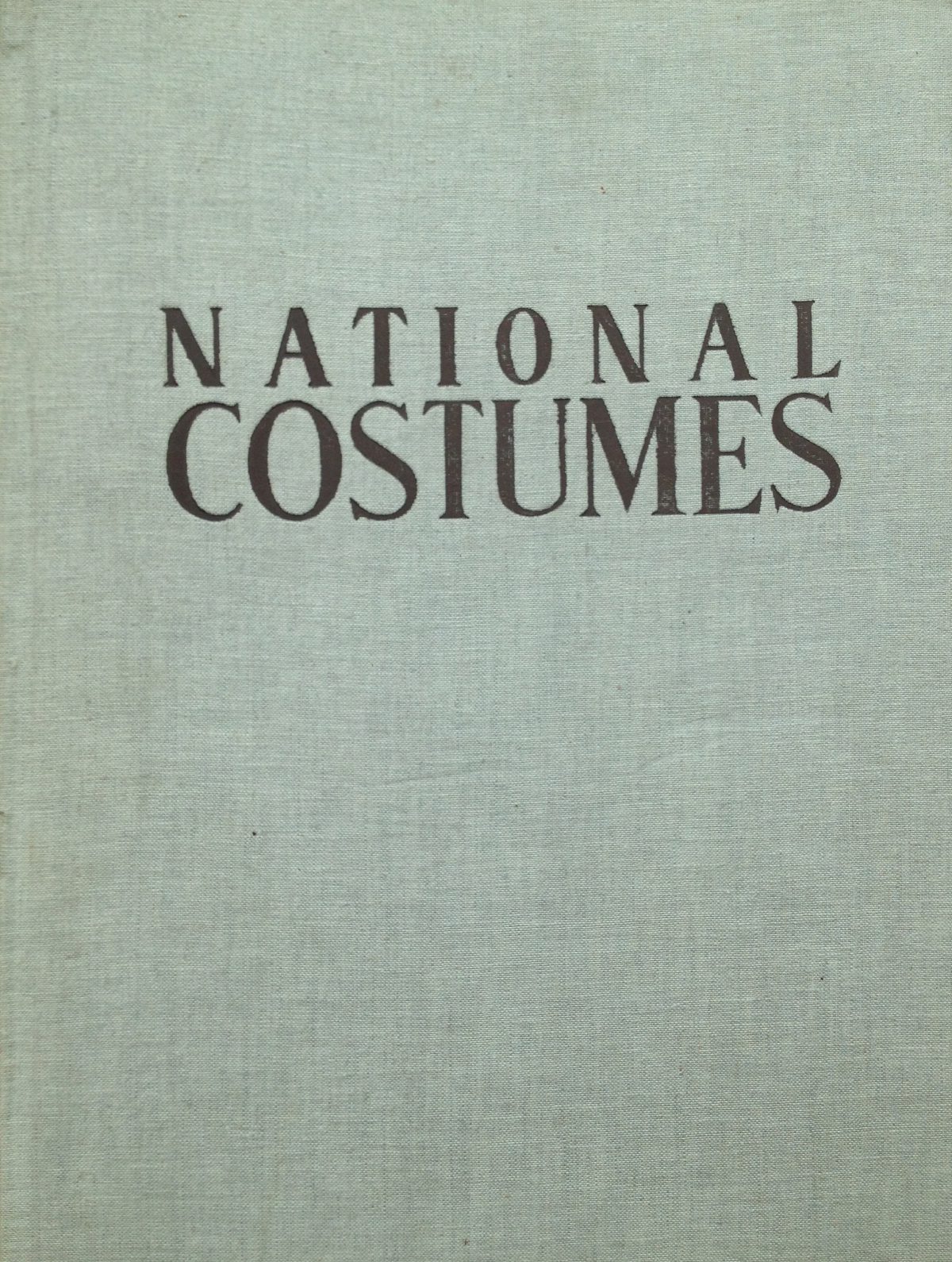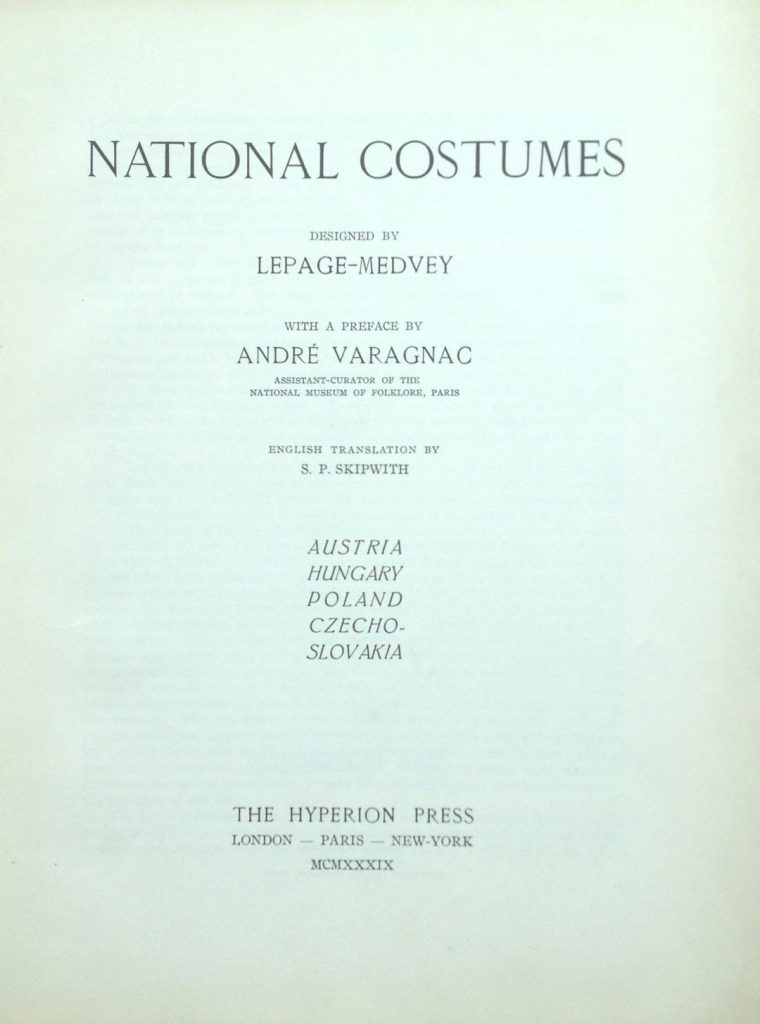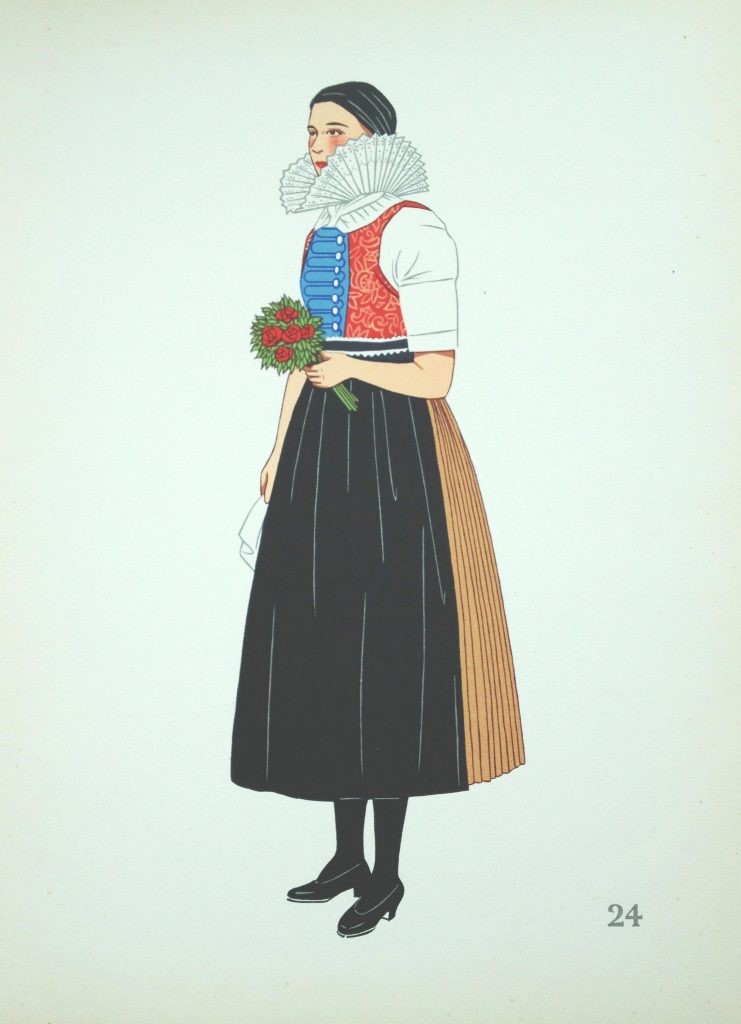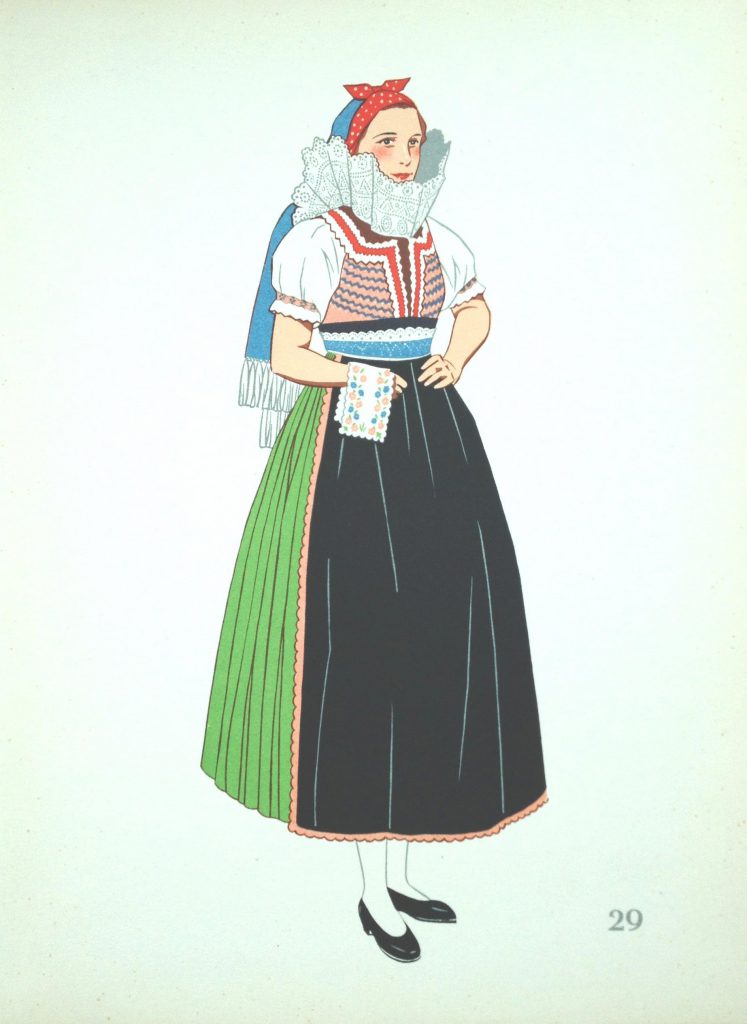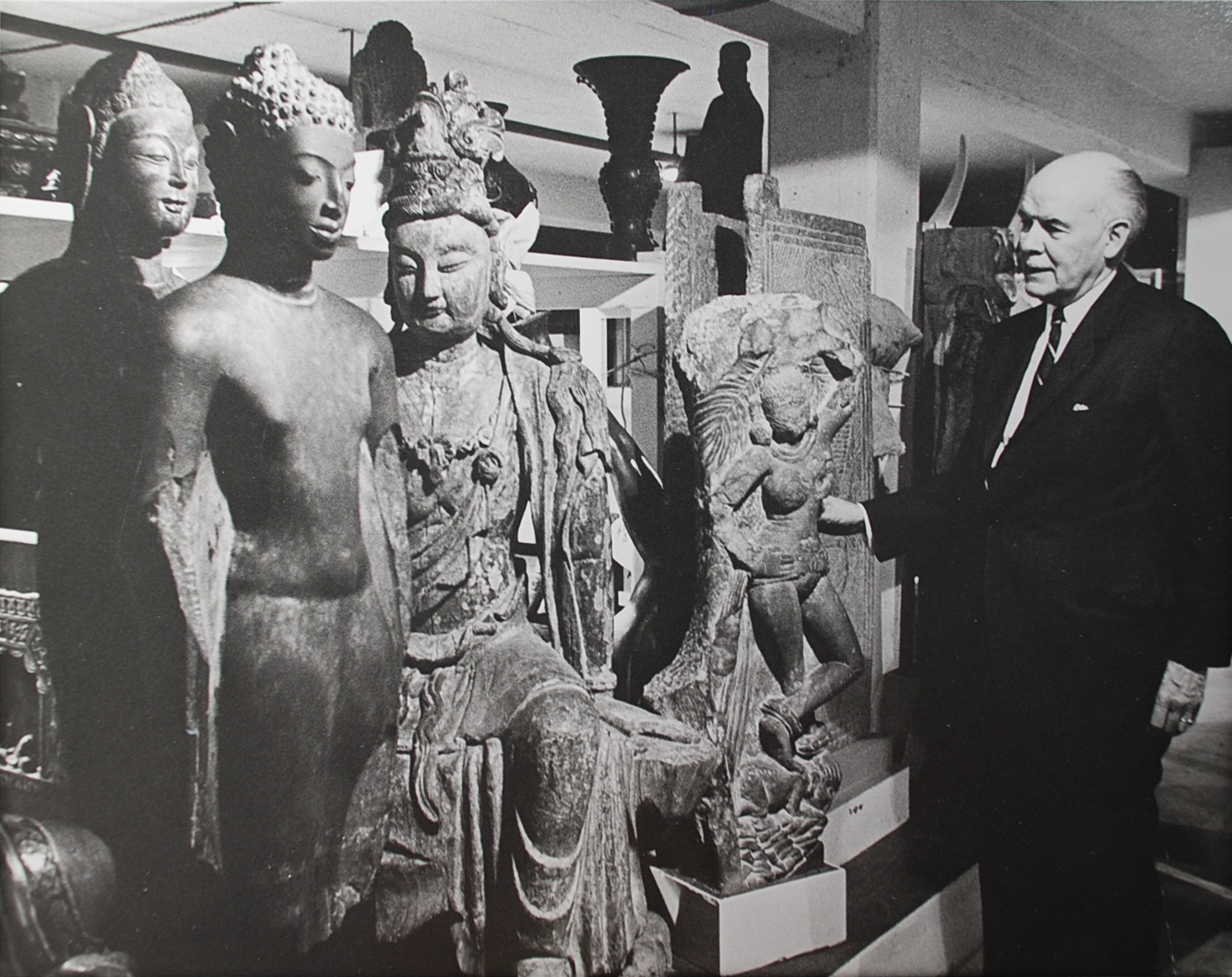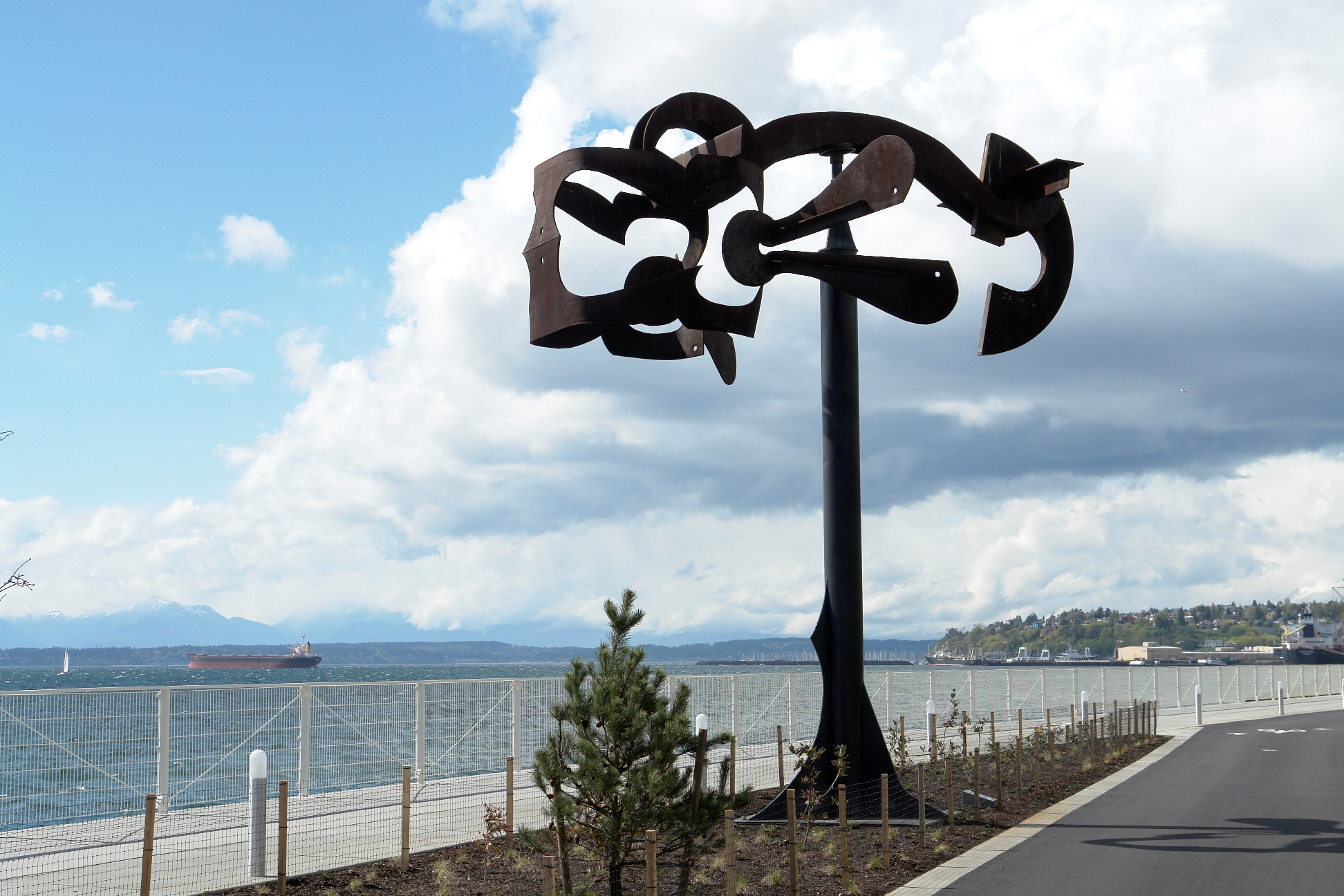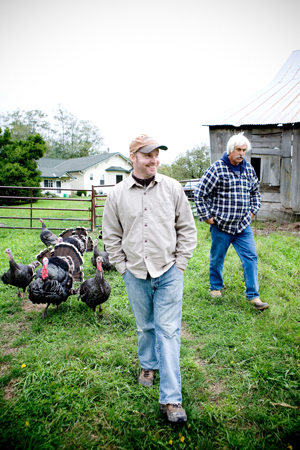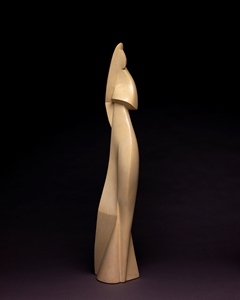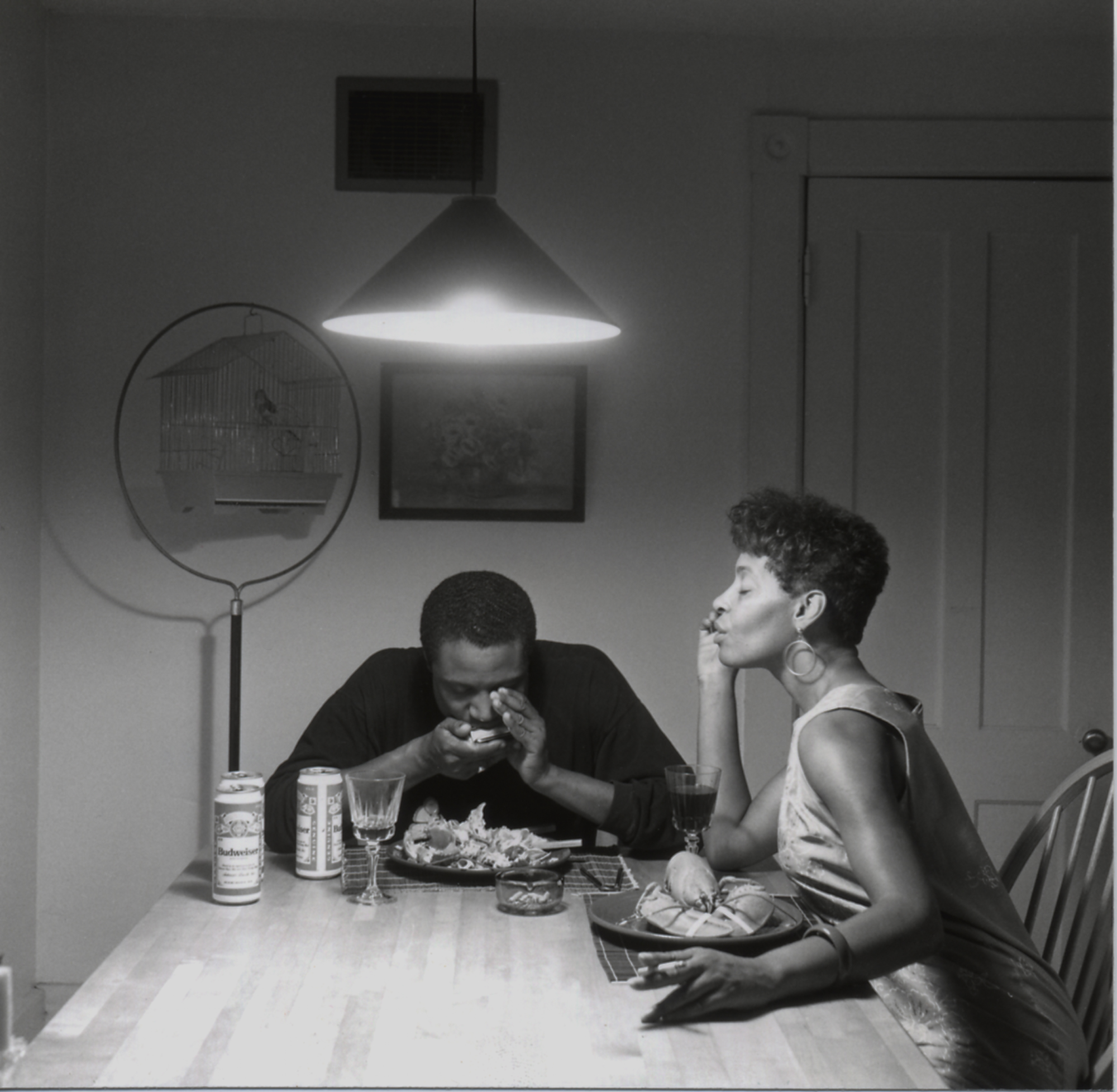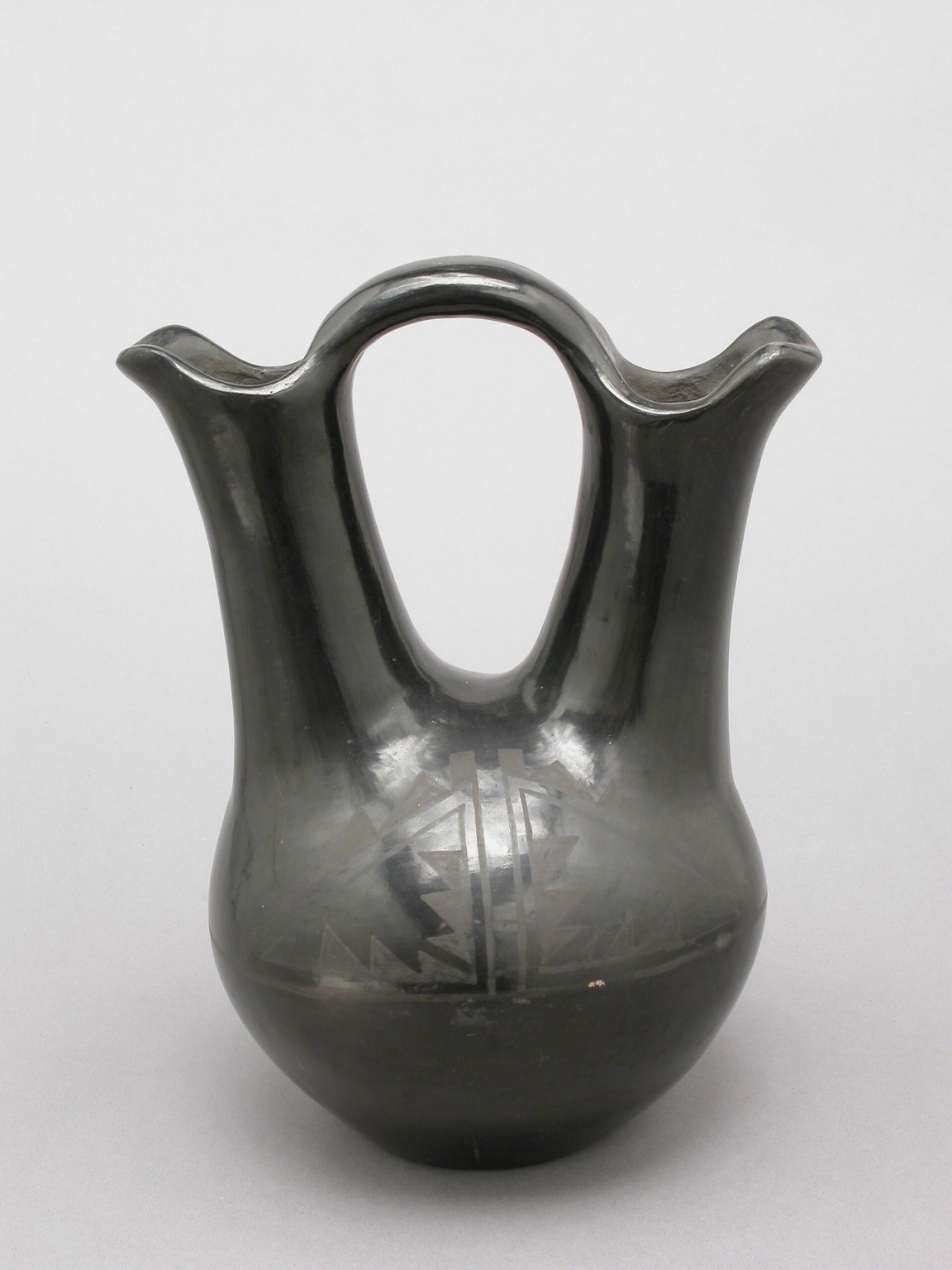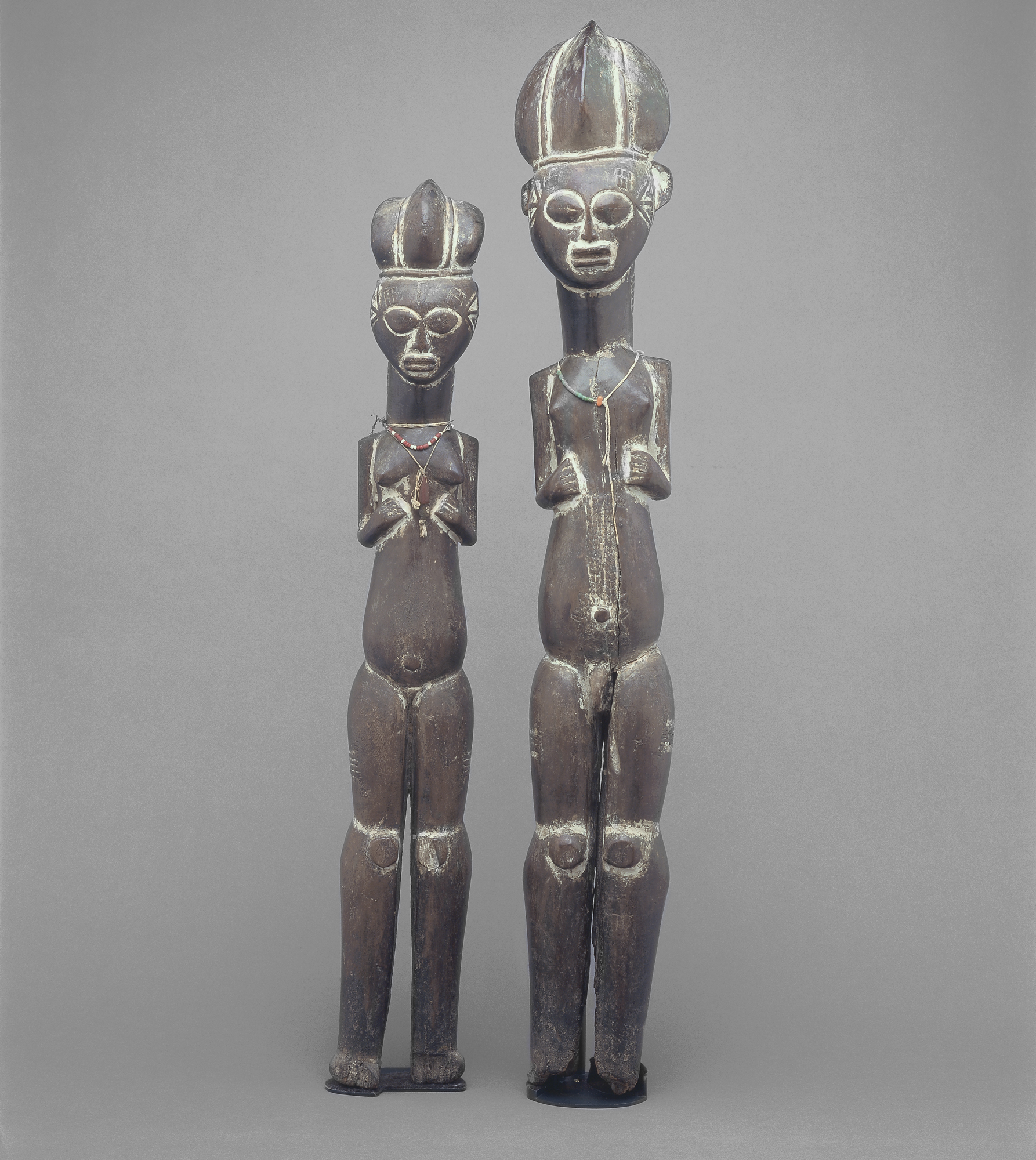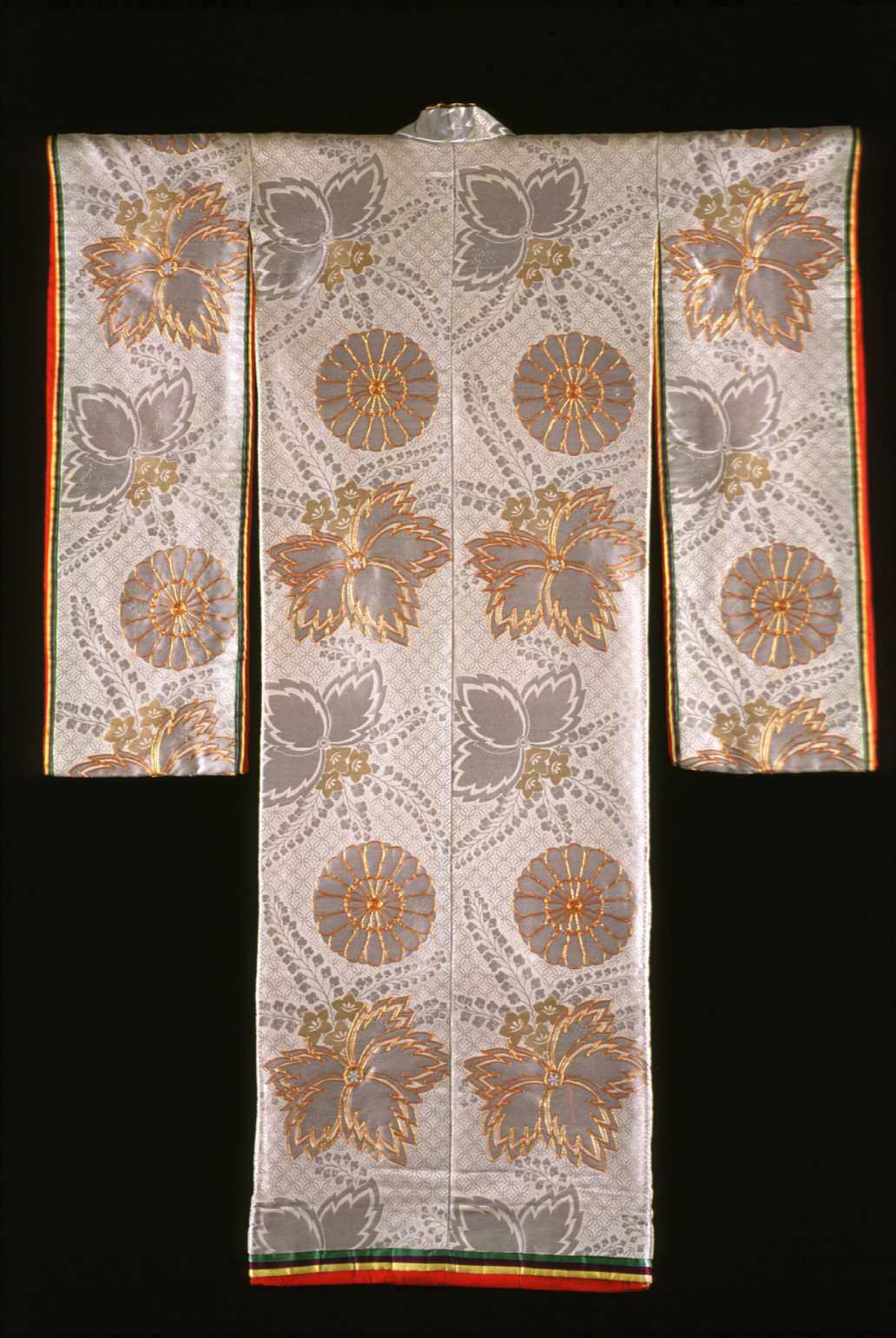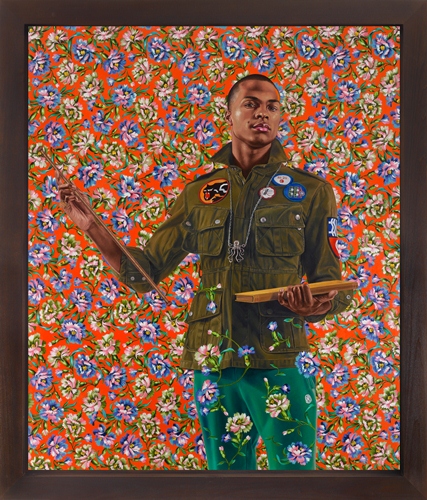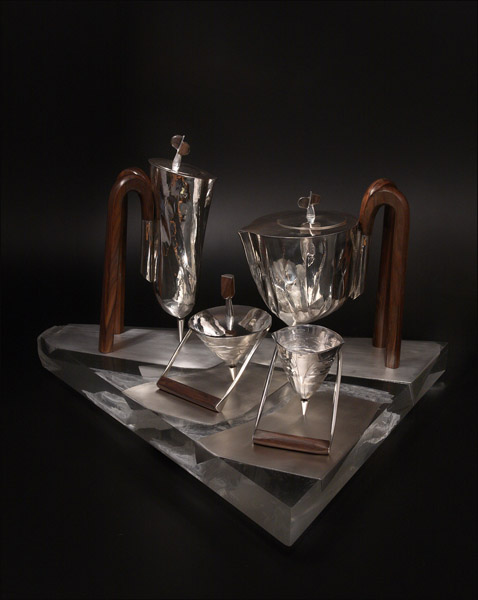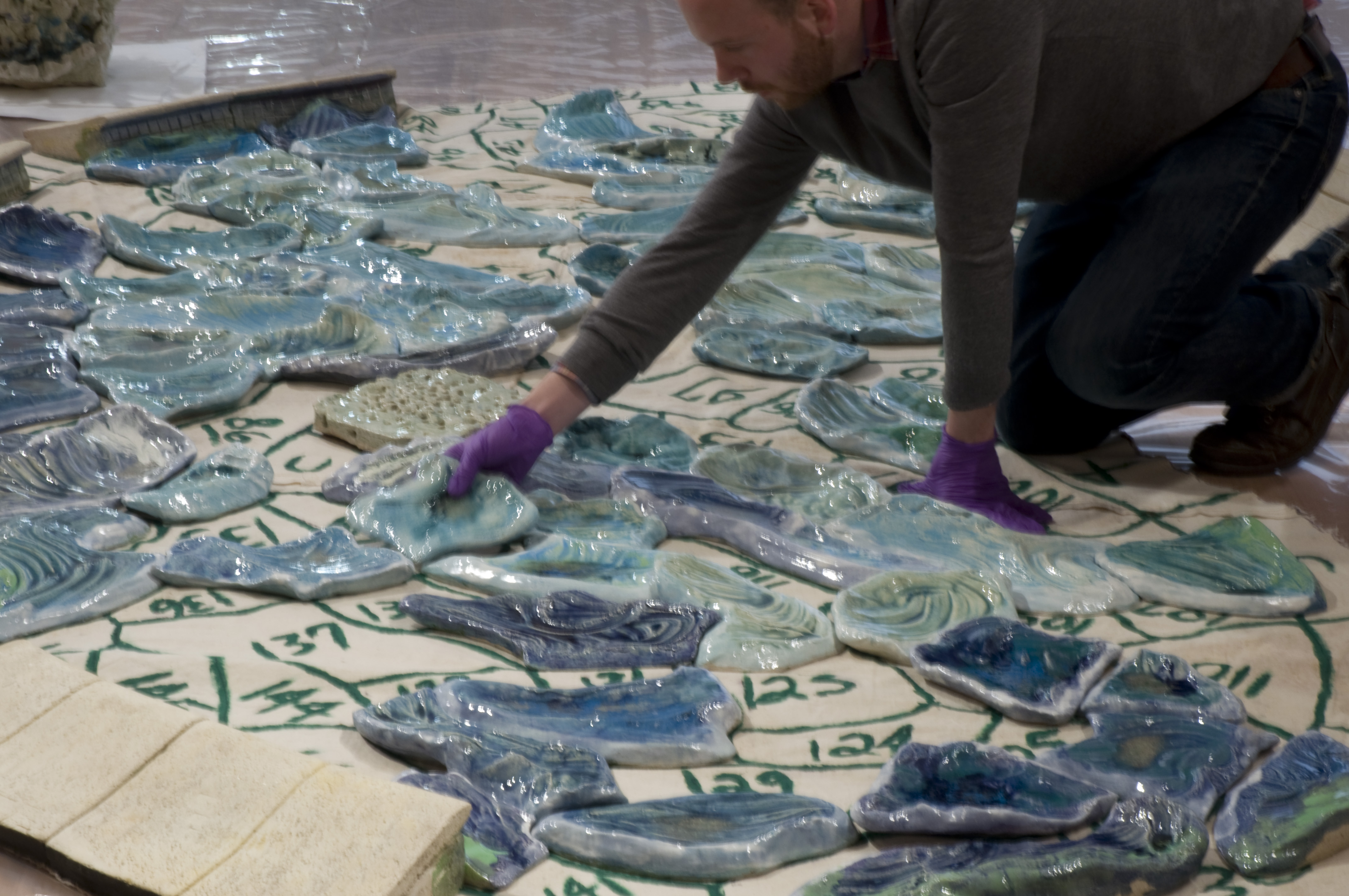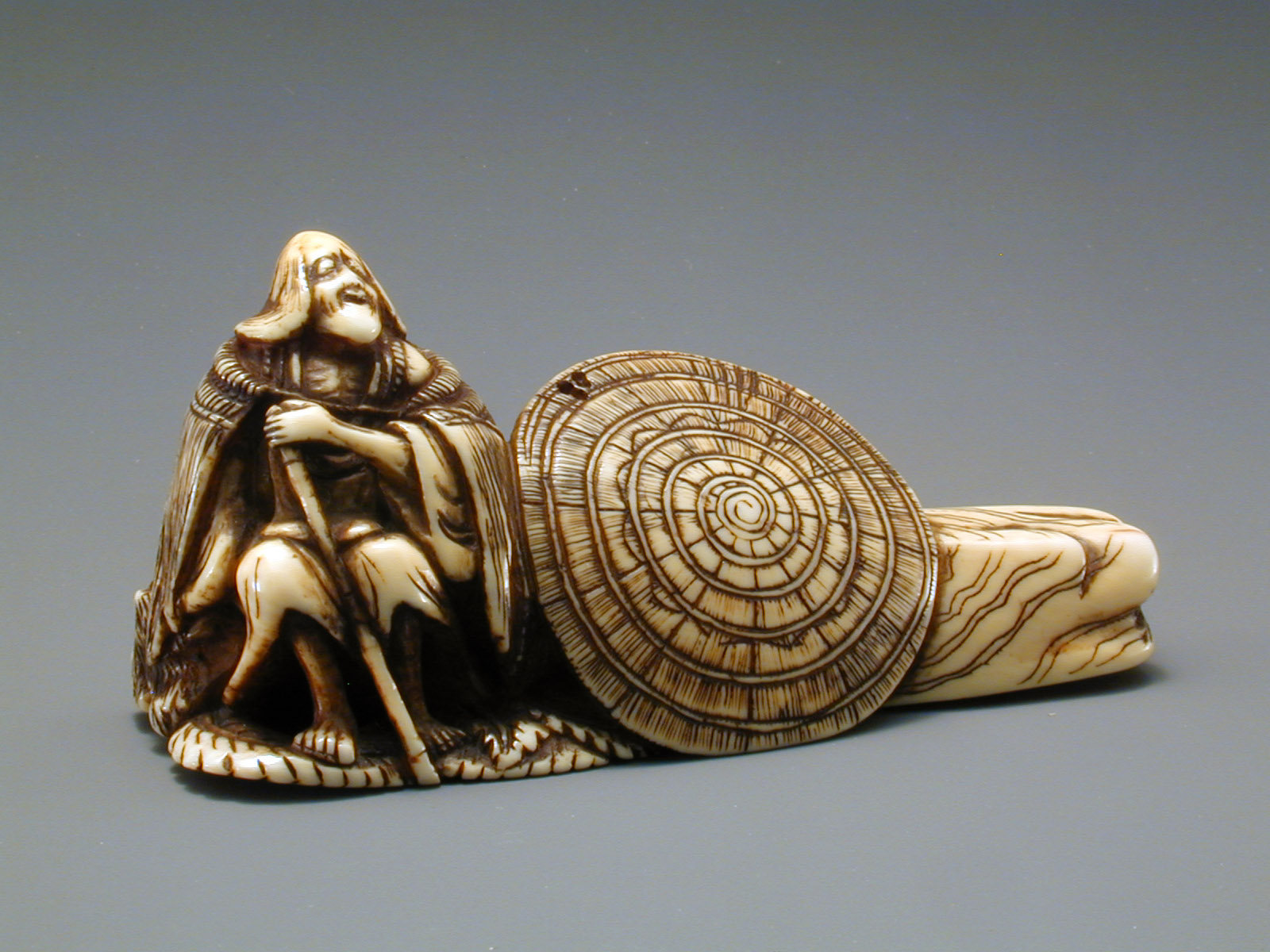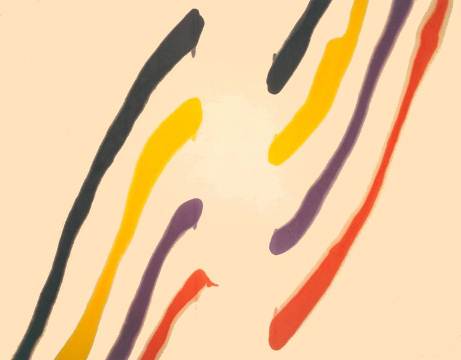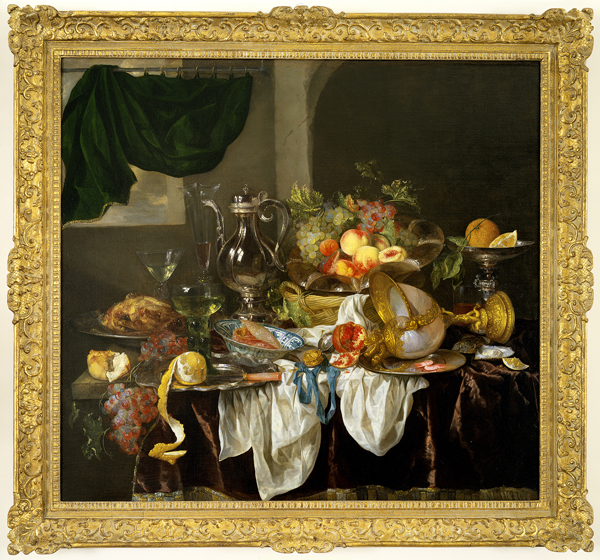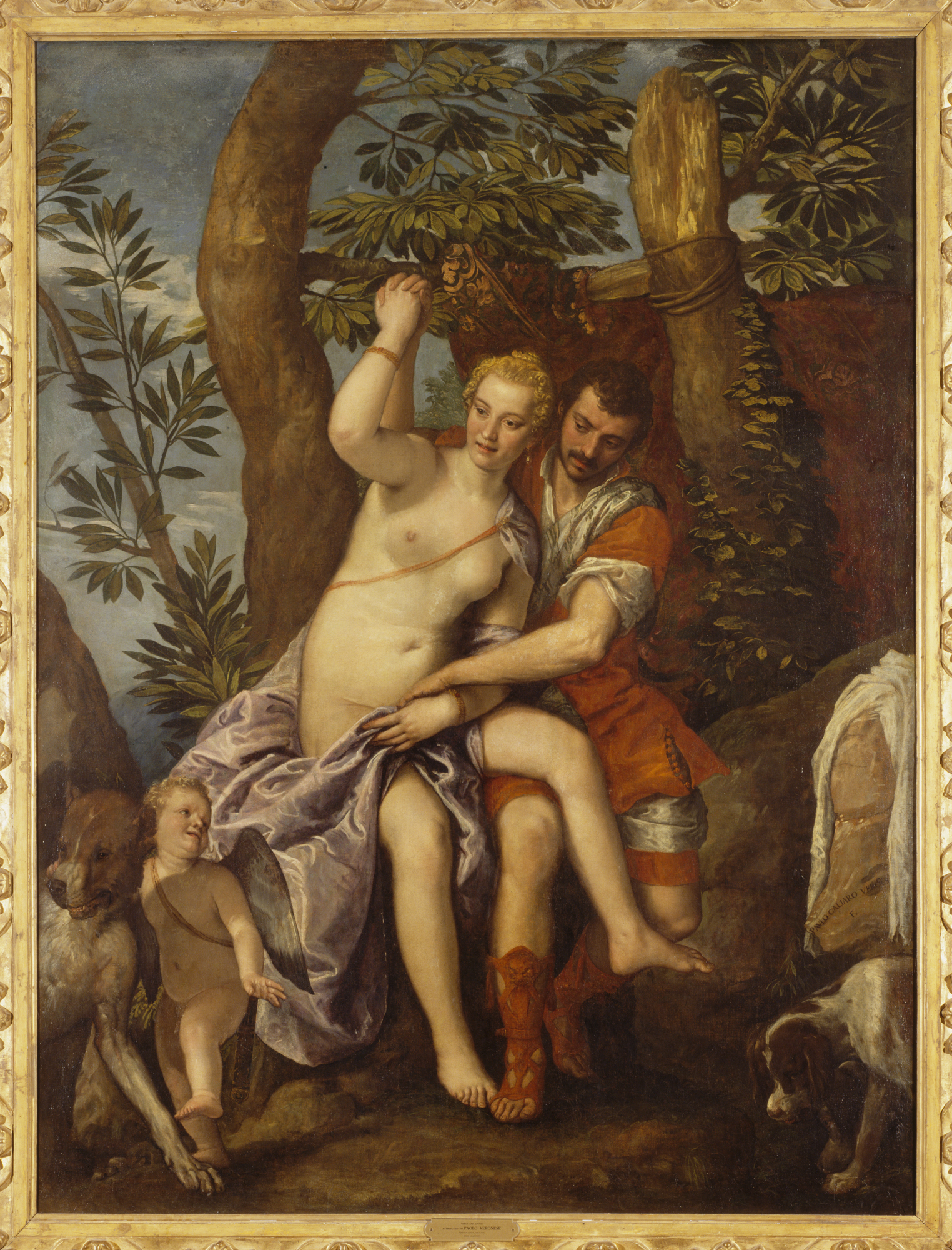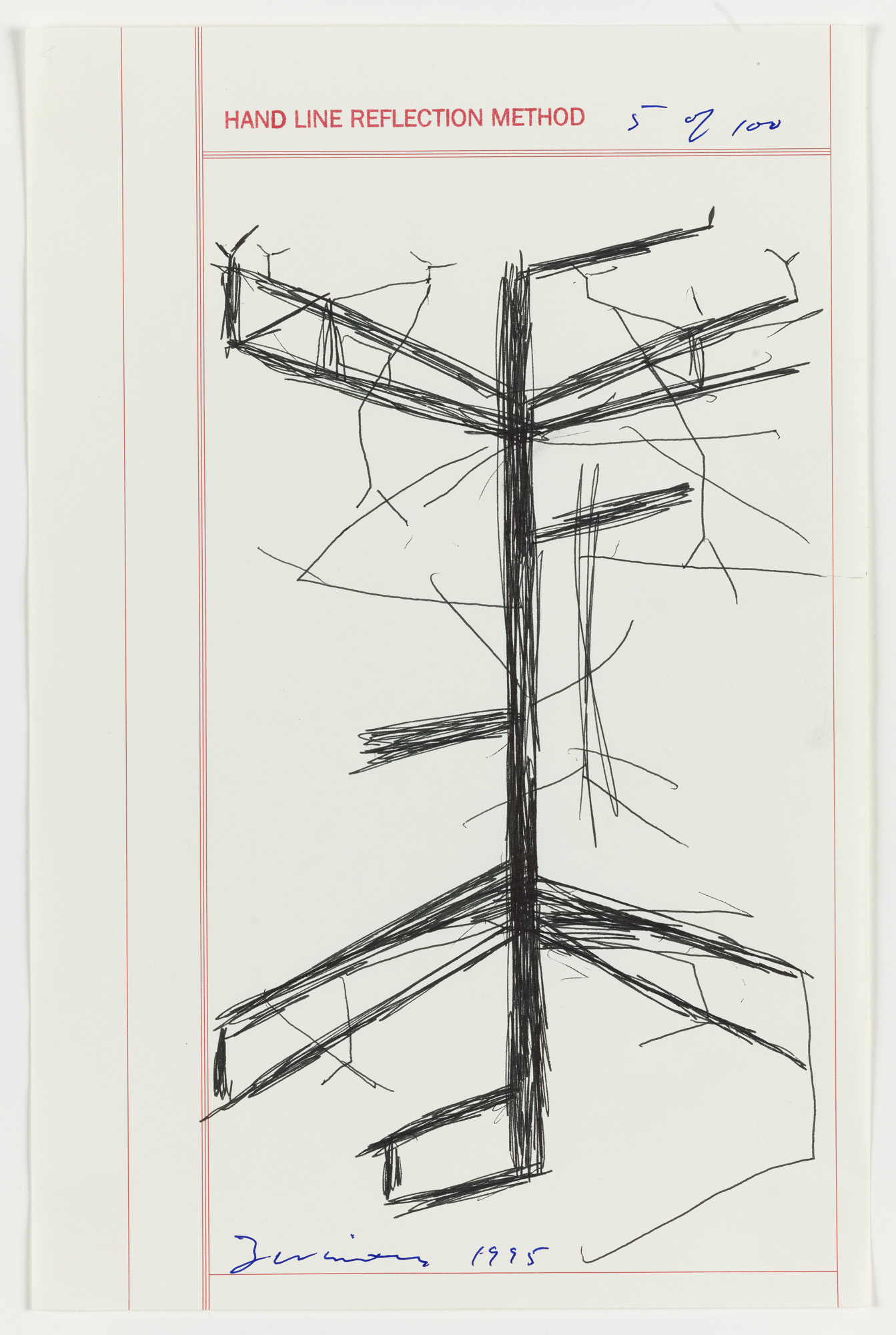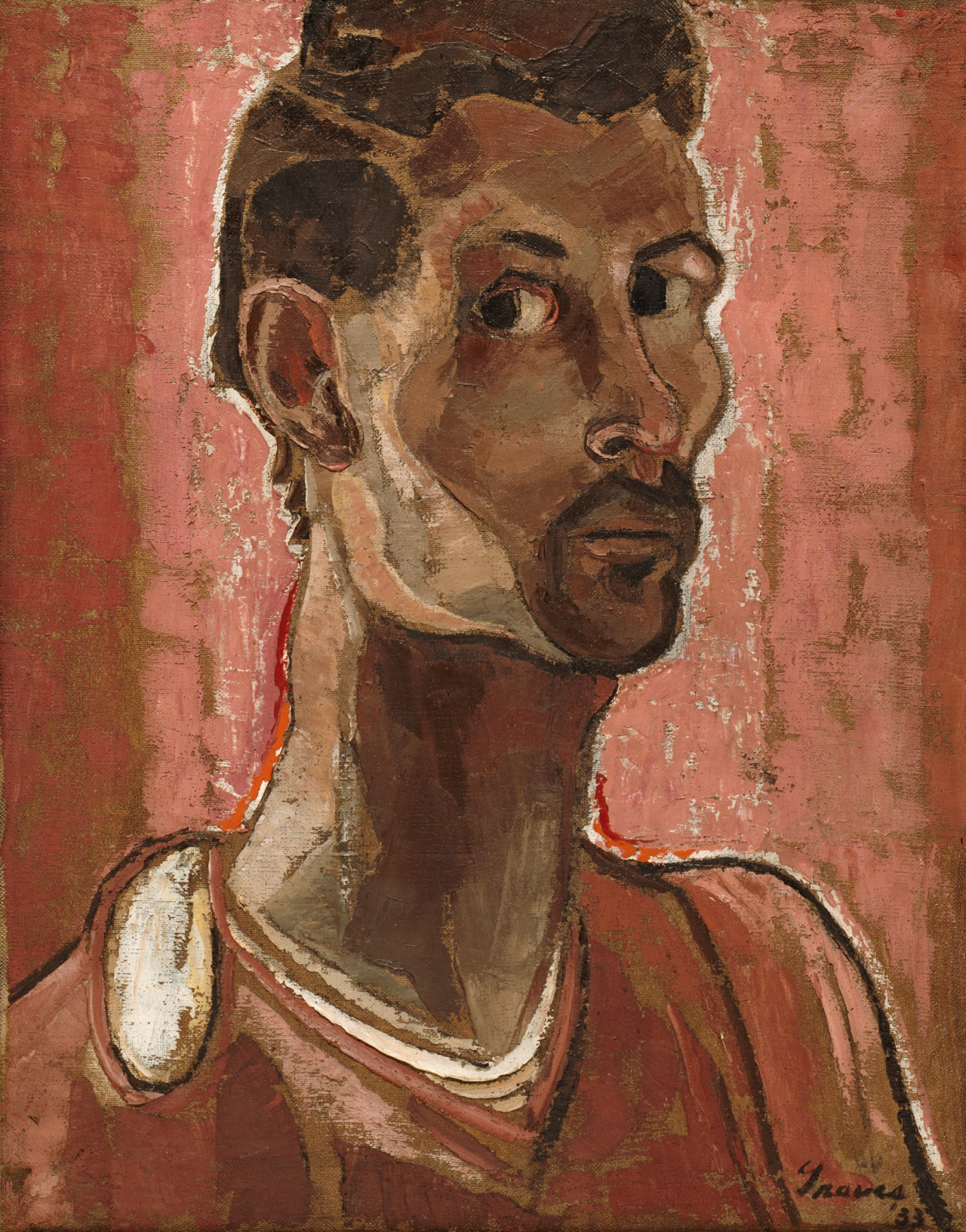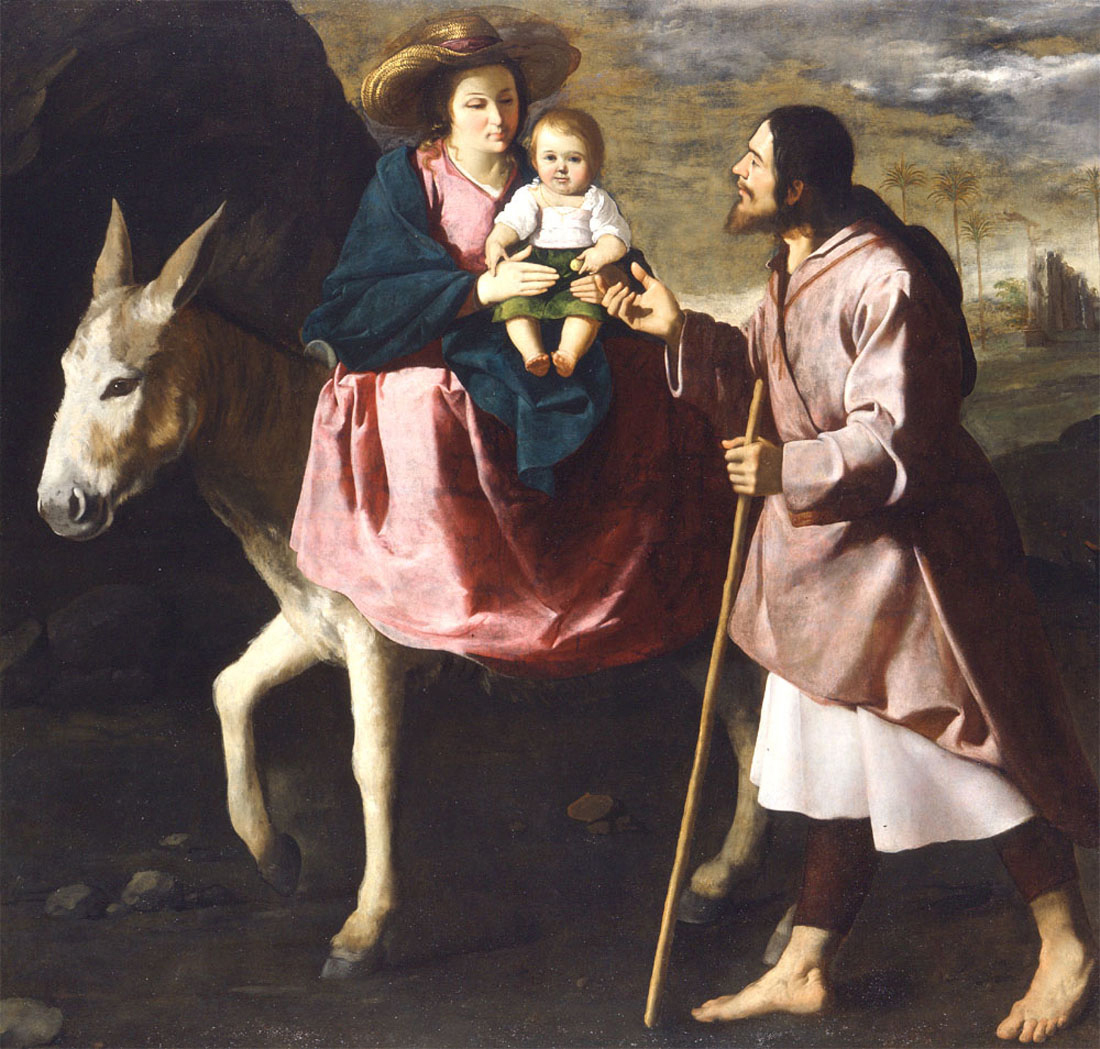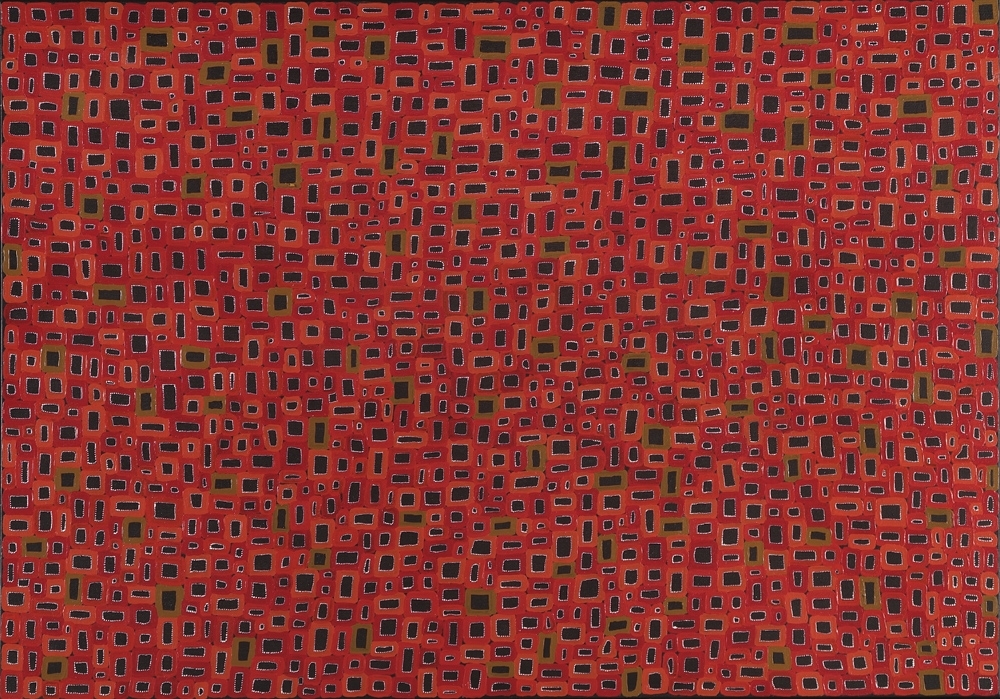When you have, as I do, the privilege of living in a setting as beautiful as the Pacific Northwest, nature’s abundance and magnificence are both too easily and too often taken for granted. More difficult, however, is to acknowledge and pursue the changes that need to be made in order to sustain them.
If you’re at all like me (someone with only a modest understanding of environmental issues) and you love nature’s playground here in Washington State, you’re probably thinking: I want to make a difference, but I wouldn’t even know where to begin. Well, fear no more! I recently learned that today, June 5, 2013, marks the 41st annual celebration of World Environment Day (WED).
While WED, like Earth Day, promotes worldwide environmental awareness, it advocates for primarily local participation and action. In doing so, WED enables small-scale involvement and activity and large-scale awareness, encouraging people to think globally, but act locally.
As a new intern in the Communications department, and thus a new member of the “SAM fam,” I wanted to learn how SAM’s environmental efforts pertain to this year’s WED theme, Think.Eat.Save. Think.Eat.Save addresses food-waste and food-loss around the globe and its effects on the environment, an issue I’ve come to learn is taken very seriously by the museum’s own TASTE Restaurant. The TASTE team has made it their mission to support the local community, and since May 2007, when the restaurant opened in the newly expanded museum, they have affirmatively implemented a wide variety of strategies to reduce their food print. In speaking with Executive Chef Craig Hetherington, I was informed that these efforts include recycling, composting (did you know that most of TASTE’s take-away-food packaging is compostable?), buying organic foods, and supporting local farmers and farms, many of which are within 60 miles of the restaurant. According to Chef Hetherington, purchasing locally is both environmentally and economically beneficial. Supporting local farms allows farmers to continue to and more actively farm sustainably, in turn helping to foster the growth of local farms.
Among the numerous local farms incorporated into TASTE’s edible repertoire are:
- Skagit River Ranch in Sedro Wooley
- Stokesberry Chicken in Olympia
- Neuawkum Farms in Olympia
- Foraged and Found in Seattle
- Olsen Potatoes
- Nash’s Organics in Sequim
- Tonnemakers Fruits
- Smith Brothers Dairy
The efforts made by TASTE are among those most widely acknowledged and practiced in the anti-food-waste/loss movement, but such efforts can also be quite costly. If you don’t have the time or, like me, are on a college-student’s budget, you can still make a difference!
Here are a few of the less-costly ways to participate and raise awareness this World Environment Day:
- Visit your local farmers market and get to know a farmer!
- Create posters about food-waste/loss and other ways to conserve natural resources around the city. Then take a photo and share it: Follow Seattle Art Museum on Instagram (http://instagram.com/seattleartmuseum), then post photos with #seattleartmuseum.
- Share an article on Facebook about an issue that you’re passionate about, tell your followers on Twitter about WED and how they can get involved, or post a picture on Instagram to show your friends how you’re making a difference!
- Visit the Seattle Parks and Recreation website to discover ways to make a difference here in Seattle, such as planning a park cleanup!
- Plant and sustainably cultivate food at home
- Compost
- Encourage friends and family to get involved
- Think before you eat and help save our environment!
With summer in sight there’s no better time to ‘give back’ to this glorious place that we are lucky enough to call home. Now let’s get out there and make a difference!
Facts about Food Waste/Loss
-Caroline Sargent, Communications Intern
TASTE Restaurant’s Executive Chef Craig Hetherington paying a visit to Skagit River Ranch. Photo: Clare Barboza.
